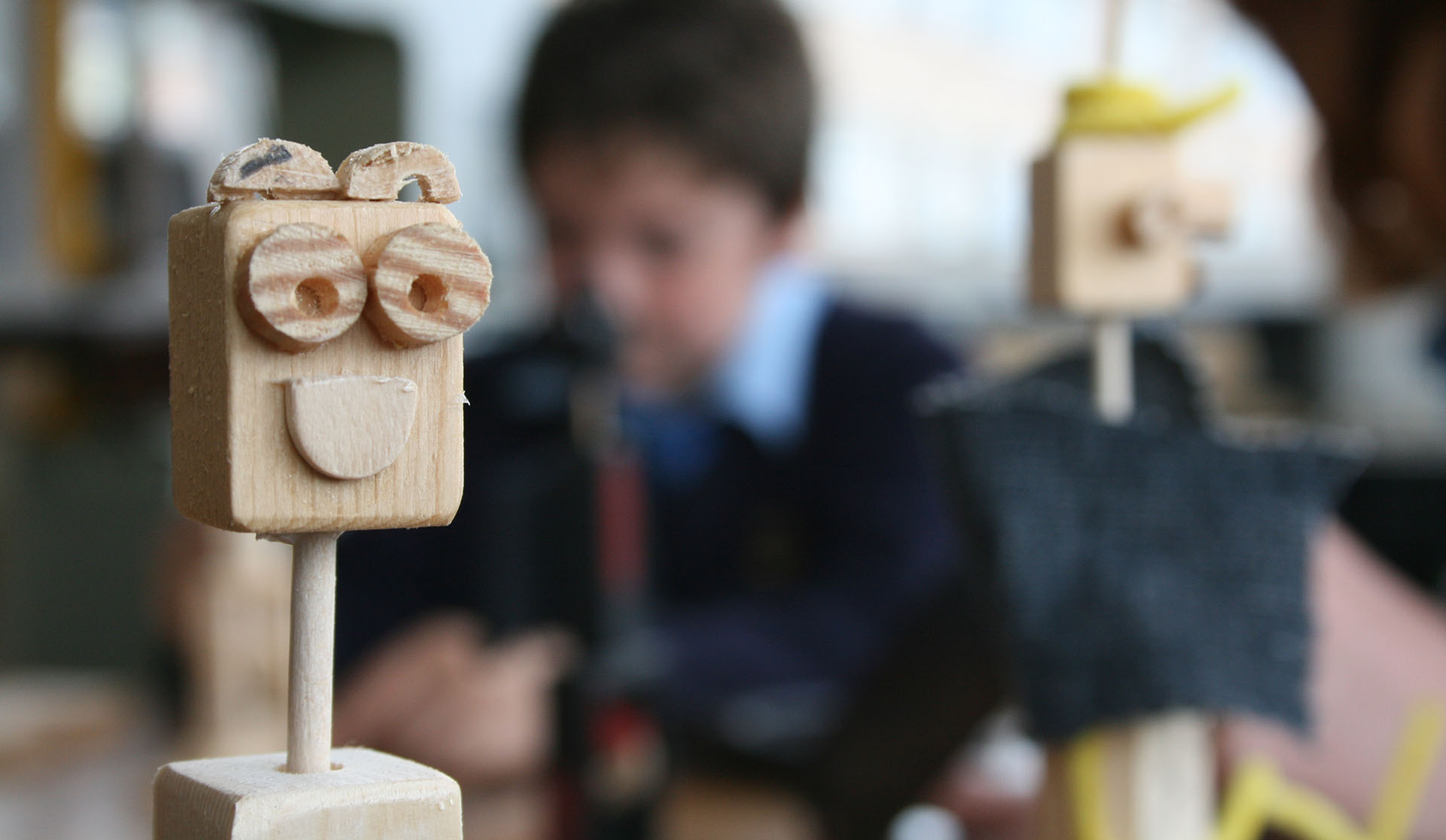Introduction to Department
The Art, Design Technology department offers pupils the opportunity to develop their designing and making skills as well as opportunities to develop as independent learners. This successful Department successful department consists of seven teaching staff and is supported by one technician.
Our Department has seven different rooms to work from, including two Art rooms, one Textile room, one Food Technology room, two Resistant Material workshops and an ICT room.
- Two interactive whiteboards are present within the department.
- All rooms are fully furnished with a range of facilities for working in all materials including CAD CAM, laser cutter and a new 3D printer.
- All rooms are aesthetically pleasant and have a pleasing environment for pupils to work in.
Staffing & Responsibilities
Staff MemberDepartmental ResponsibilityAdditional ResponsibilityMiss P. MilneHead of Department
Teacher of Textiles
Teacher of Child Development
Teacher of Health & Social CareMiss S. MurrellSecond in Charge
Teacher of Art
Teacher of Health and Social CareMr. G. GreenDT & Science TechnicianMr. N. HumphreysTeacher of Design & TechnologySTEMMrs B. McKibbenTeacher of Food TechnologyLearning ManagerMr. D. MooreTeacher of Design & TechnologyMr. D. MooreTeacher of Design & TechnologyMiss L. McHughTeacher of ArtMr. K. WallisTeacher of Design & TechnologyLearning ManagerAbout KS3
Design and Technology
At Key Stage 3, the Design and Technology curriculum is divided into modules of Food Textiles, Resistant Materials, Alternative Energy, Graphics and Systems and Control. Pupils rotate to experience the different material areas utilising the specialist staff's experience and classroom resources.
Year 7 have three periods a week, Year 8 have two periods a week and Year 9 have three periods a week. By the end of Key Stage 3 pupils should be achieving a level 6/7.
Design & Technology offers a diversity of teaching and learning opportunities, thus allowing all pupils to achieve.In Design & Technology, pupils combine practical and technological skills with creative thinking to design and make products. They learn to think creatively and solve problems as individuals and members of a team.
Art
At Key stage 3, Art is taught at one lesson per week and three units per school year.
Each unit has approximately 5 areas which are marked as a National Curricular level.
At the end of Key Stage 3 pupils should be achieving a level 7.
Art units consist of introduction to Art, drawing from observational portraits, clay modelling, looking at artists work such as Picasso and Kandinsky, printing, 3D work and using different cultures to enhance pupils work.
The skills and knowledge gained throughout the Year 7 to 9 courses provide an excellent foundation for the level of success we have experienced at GCSE level.
About KS4
Design & Technology
Pupils at Key Stage 4 currently opt to study, Food and Nutrition, Product design, Child Development and Graphic Communication. We deliver courses via the WJEC syllabus. G.C.S.E. courses have three periods during Week A and two periods during Week B. All specifications are ‘design and make’ briefs that are internally assessed and externally moderated.
Art
At GCSE (WJEC) pupils will develop drawing, painting and making skills. Pupils will learn how to research work of other artists and art from other countries.
Coursework is 60% and the externally set assignment (examination) is 40% which is usually done over a period of two days. Both are added together to work out a final grade by the WJEC examination board.
About KS5
Art and Design
The WJEC AS and A level specification in Art and Design has been designed to provide engaging and innovative creative learning experiences, where art, craft and design practice is meaningfully integrated with theoretical knowledge and understanding.
AS Level (1 Unit) An extended, exploratory project/portfolio and outcome/s based on themes and subject matter which are personal and meaningful to the learner. The Enquiry must integrate critical, practical and theoretical work.
A Level (2 further units) Consists of two integrated constituent parts: 1. A major in-depth critical, practical and theoretical investigative project/portfolio and outcome/s based on themes and subject matter that have personal significance. 2. An extended written element of 1000 words minimum, which may contain images and texts and must clearly relate to practical and theoretical work using an appropriate working vocabulary and specialist terminology.
Design & Technology
The WJEC GCE in Design and Technology offers a unique opportunity in the curriculum for learners to identify and solve real problems by designing and making products or systems.
The specification encourages learners to use creativity and imagination when applying iterative design processes to develop and modify designs, and to design and make prototypes that solve real world problems, considering their own and others’ needs, wants, aspirations and values.
This specification is divided into a total of 4 assessment units, 2 AS units and 2 A2 units.
A little bit about Careers involving this subject
Design skills and the ability to visualise new ideas can be useful in many job families such as marketing, sales and advertising, arts crafts and design, broadcast media and performing arts, journalism and publishing, construction, as well as engineering and manufacturing.
Useful Websites

Changing the world, one site at a time…

